Golden pheasants are immensely breathtaking birds with beautiful feathers and striking colors. Their feathers are gold, orange, yellow, green, blue, and red. Females, however, lack the gold coloration of their male counterparts.
Like many birds, the male pheasant is brightly colored, and the female is dull brown. Read on to learn about the golden pheasant.
Description of the Golden Pheasant
Male golden pheasants are primarily gold and yellow on their heads and necks, and bright red on their chests. The golden feathers on their heads are quite long, and form a crest. The feathers on their wings are blue and red, while those on their backs are green.
Female pheasants are brown or tan, with black barring over their feathers. Males are also larger than females. They are usually around 44 in. long, while females are around 26 in. long.
Interesting Facts About the Golden Pheasant
Much like crows and ravens, humans are interested in shiny, brightly colored things, and golden pheasants are no exception. Learn what else makes these birds interesting, besides just their looks, below.
- Pays to Fit In – Don’t write off the female golden pheasant just because she is not as colorful as the male. Female golden pheasants can’t afford showy feathers and gaudy colors, not when they have a brood to raise. Their brown color helps them blend in with their surroundings, better allowing them to incubate eggs and raise chicks.
- Royal Flock – Just like peacocks, humans – primarily the rich ones – once kept golden pheasants as pets and lawn ornaments. Royalty and other important figures often had golden pheasants strutting about their gardens. Researchers believe the first pheasants imported to the United States arrived as early as 1740!
- Poor Flight – These birds also made pleasant lawn ornaments because they did not readily fly away. Golden pheasants are primarily terrestrial, and they spend most of their time on the ground rather than in the trees.
- Pet Trade Trouble – Sadly, because humans were so fond of this bird, they became quite popular in the pet trade. This resulted in increased demand for the birds, and pressure on wild populations. Though their populations are still decreasing, the IUCN lists golden pheasants as Least Concern.
Habitat of the Golden Pheasant
In the wild, these birds live in habitats that are a far cry from perfectly manicured lawns and gardens. Golden pheasants live in densely forested regions, usually in the mountains. They live in temperate forests and shrublands. However, in areas where feral populations live, they can survive in various types of forests and urban areas.
Distribution of the Golden Pheasant
These birds naturally live in China, specifically central China. Outside of their native range, these pheasants also live in various zoos, gardens, and farms. Because they were such popular pets, feral populations also live in numerous locations across the globe.
Golden pheasants now range in the United Kingdom and other parts of Europe, the United States and Canada, parts of South America, Australia, and more.
Diet of the Golden Pheasant
Golden pheasants are omnivores, which means they eat both plants and animals. However, their non-vegetarian diet mainly consists of insects. They forage on the forest floor, in search of berries, leaves, seeds, grains, fruits, and insects. These birds do not hunt in the trees, but they can fly up onto branches to escape predators or sleep at night.
Golden Pheasant and Human Interaction
Humans like golden pheasants, primarily because they look pretty. Because of this, people enjoyed having them as pets for centuries, allowing them some protections. People hunt them to some extent, but their populations are stable.
This bird’s primary threats are habitat destruction and capture for the pet trade. The IUCN lists these birds as Least Concern.
Domestication
Humans have not fully domesticated golden pheasants, but we have bred them for centuries. Because of this, we may consider them semi-domesticated.
Does the Golden Pheasant Make a Good Pet
Golden pheasants make good pets, but not to the average homeowner. You must live in an agricultural-zoned area to legally own any kind of pheasant. These birds are fairly large, and need plenty of space to forage and explore.
If you have the space, and the proper enclosures to protect them from predators, golden pheasants make good pets. Albeit, they are quite expensive to purchase!
Golden Pheasant Care
In zoos and on farms, golden pheasants live in relatively large enclosures, primarily walk-in aviaries. They need lots of low vegetation to hide in and plenty of space to search for food.
In zoos, these birds live in aviaries along with various other species from similar regions. Zookeepers feed them fruit, seeds, and pelleted insectivorous bird diet.
Behavior of the Golden Pheasant
Golden pheasants are ground dwelling, also known as “terrestrial,” birds. They forage for food on the ground, but they can fly short distances.
Because they live in mountainous, densely -forested regions, scientists do not know very much about their day-to-day behavior. Primarily, the fly up into the trees at night, and come back down in the morning to search for food throughout the day.
Reproduction of the Golden Pheasant
When it comes time to reproduce, the brightest and biggest males are the stars. They spread their feathers and vocalize to attract the attention of a female. After mating, the female lays anywhere from 8 – 12 eggs, and incubates them 23 days.
It takes just 12 – 14 days for the chicks to become independent. Most male golden pheasants do not reproduce until they are around 2 years old.

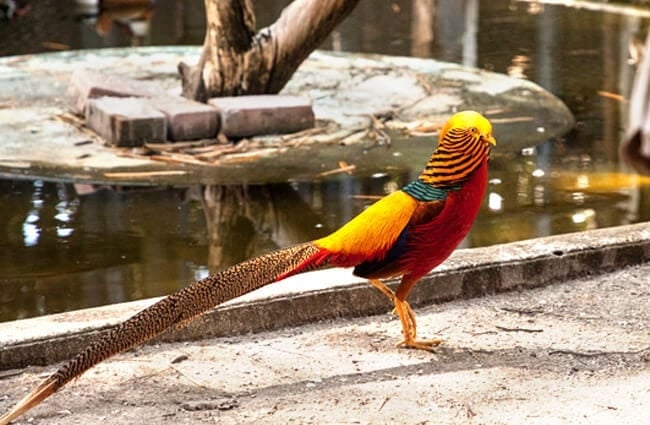
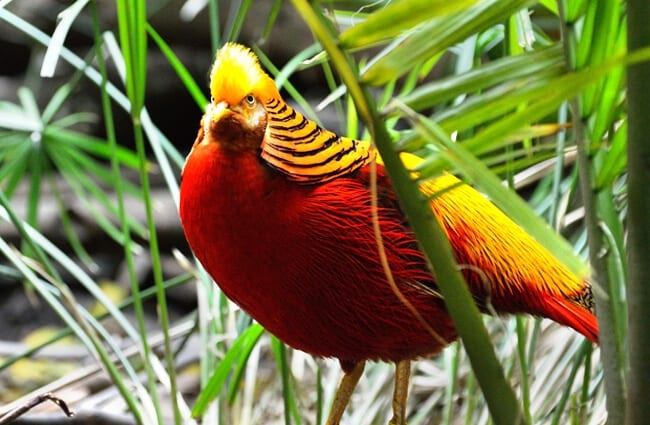
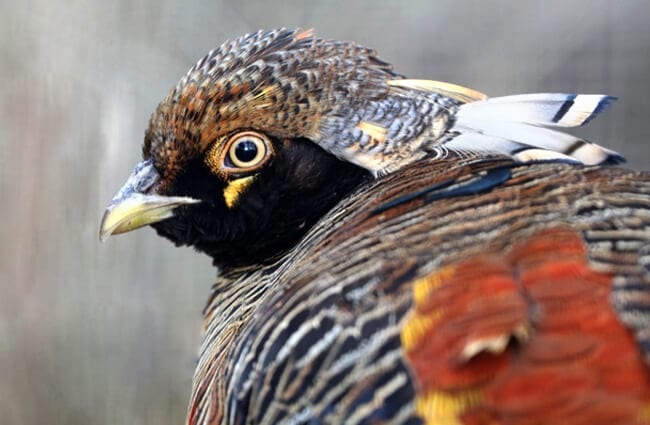
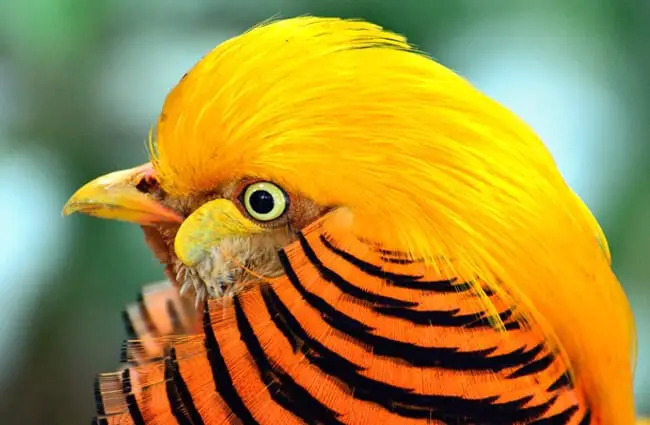
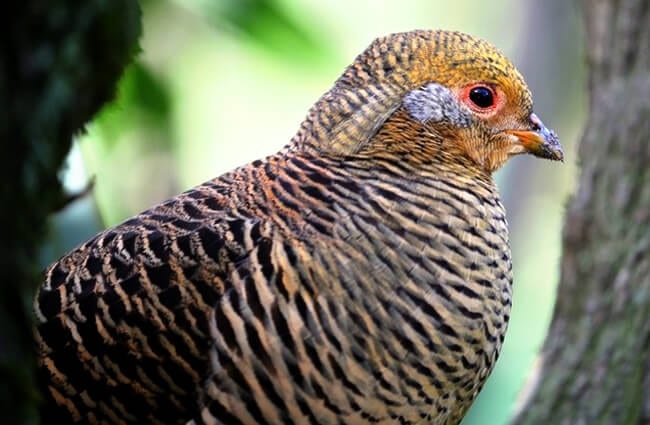



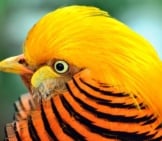

![Red Angus Closeup of a beautiful Red Angus cowPhoto by: U.S. Department of Agriculture [pubic domain]https://creativecommons.org/licenses/by/2.0/](https://animals.net/wp-content/uploads/2020/03/Red-Angus-4-238x178.jpg)












![Red Angus Closeup of a beautiful Red Angus cowPhoto by: U.S. Department of Agriculture [pubic domain]https://creativecommons.org/licenses/by/2.0/](https://animals.net/wp-content/uploads/2020/03/Red-Angus-4-100x75.jpg)

